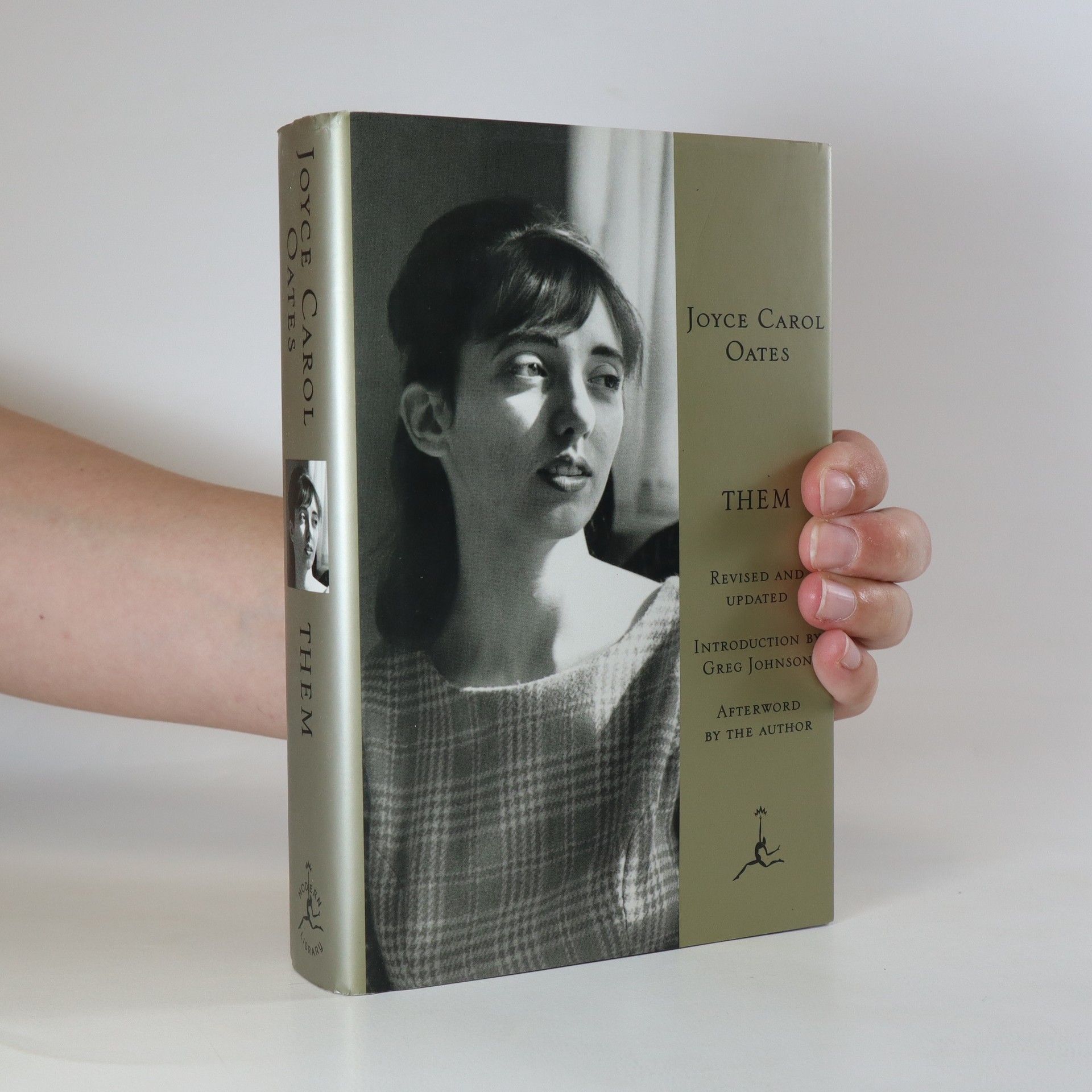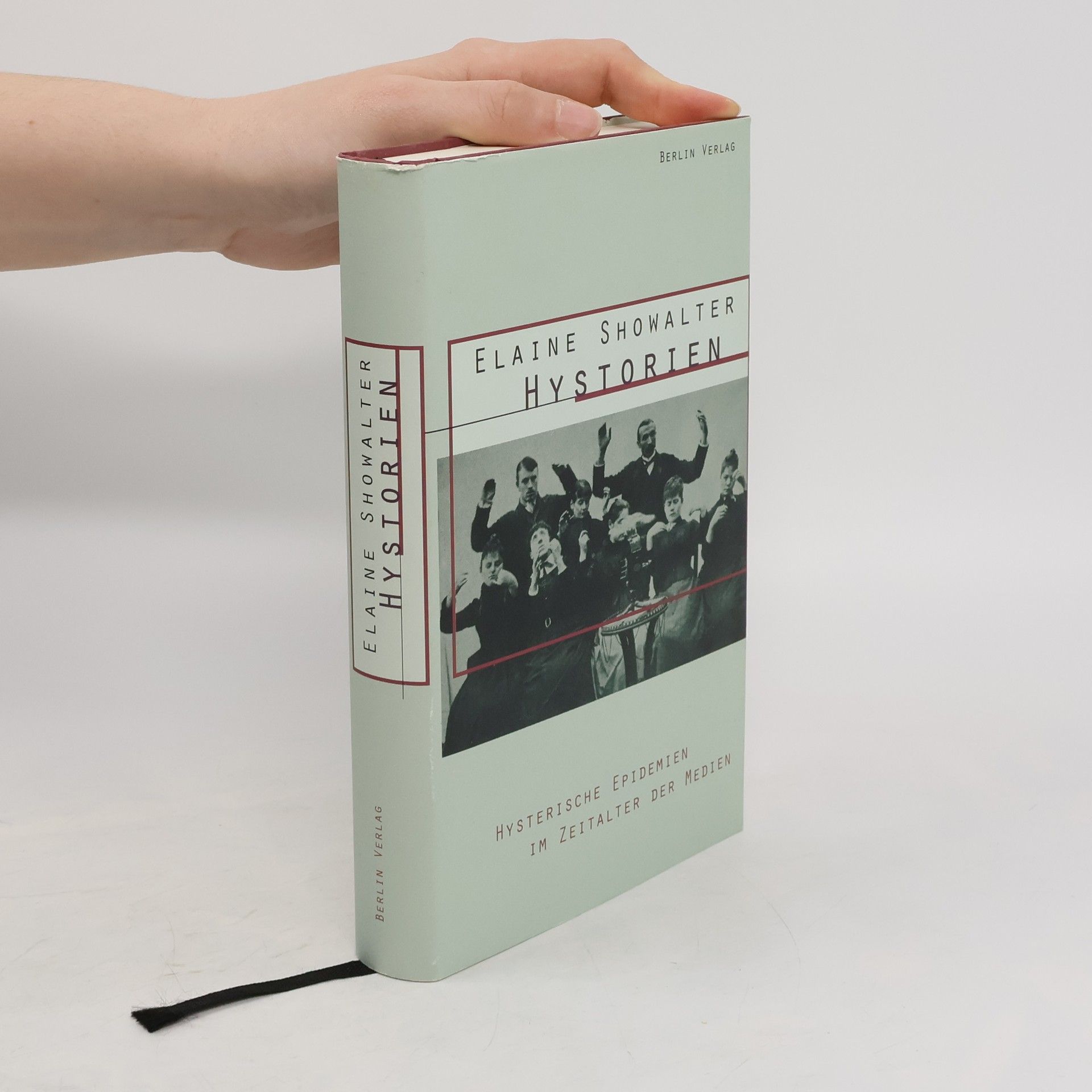An exploration of the paralells between the ends of the 19th and 20th centuries and their representations in art, literature and film, this book asks whether the approaching millenium signals a beginning or points grimly to an end, and whether the ends of centuries are merely imaginery borderlines in time, or cycles, such as the crises of the "fin de siecle" and the sense of ending so ominously present in the works of contemporary writers and artists. The novelist George Gissing remarked that the 1880s and 1890s were decades of sexual anarchy, when the notions of gender that governed sexual identity and behaviour were being constantly eroded. It was a time when the words "feminism" and "homosexuality" came into use, redefining accepted ideas of masculine and feminine, and a time when the "emancipated woman" was viewed as a threat to family stability. That was nearly 100 years ago, and in this book the author points out the similarity between that time and this time. The sexual abuse of children and the increasing frequency of rape; the censoring of art and the banning of pornography; anti-abortion campaigns and the AIDs epidemic - these late-20th-century crises are, the author suggests, comparable to their "fin de siecle" counterparts. Elaine Showalter is also the author of "A Literature of Their Women Writers from Bronte to Lessing" and "The Female Women, Madness, and English Culture, 1830 - 1980".
Elaine Showalter Boeken
Elaine Showalter is een Amerikaanse literatuurcritica en cultuurcommentator, erkend als een fundamentele figuur in de feministische literatuurkritiek. Zij ontwikkelde het concept en de praktijk van de gynocriticus, waarmee de kritische focus werd verlegd naar de vrouwelijke literaire traditie. Showalters scherpe analyses, die soms controversiële onderwerpen zoals ziekte behandelen, hebben een aanzienlijk publiek debat teweeggebracht. Ze wordt breed gerespecteerd voor haar bijdragen op zowel academisch als populair cultureel gebied.

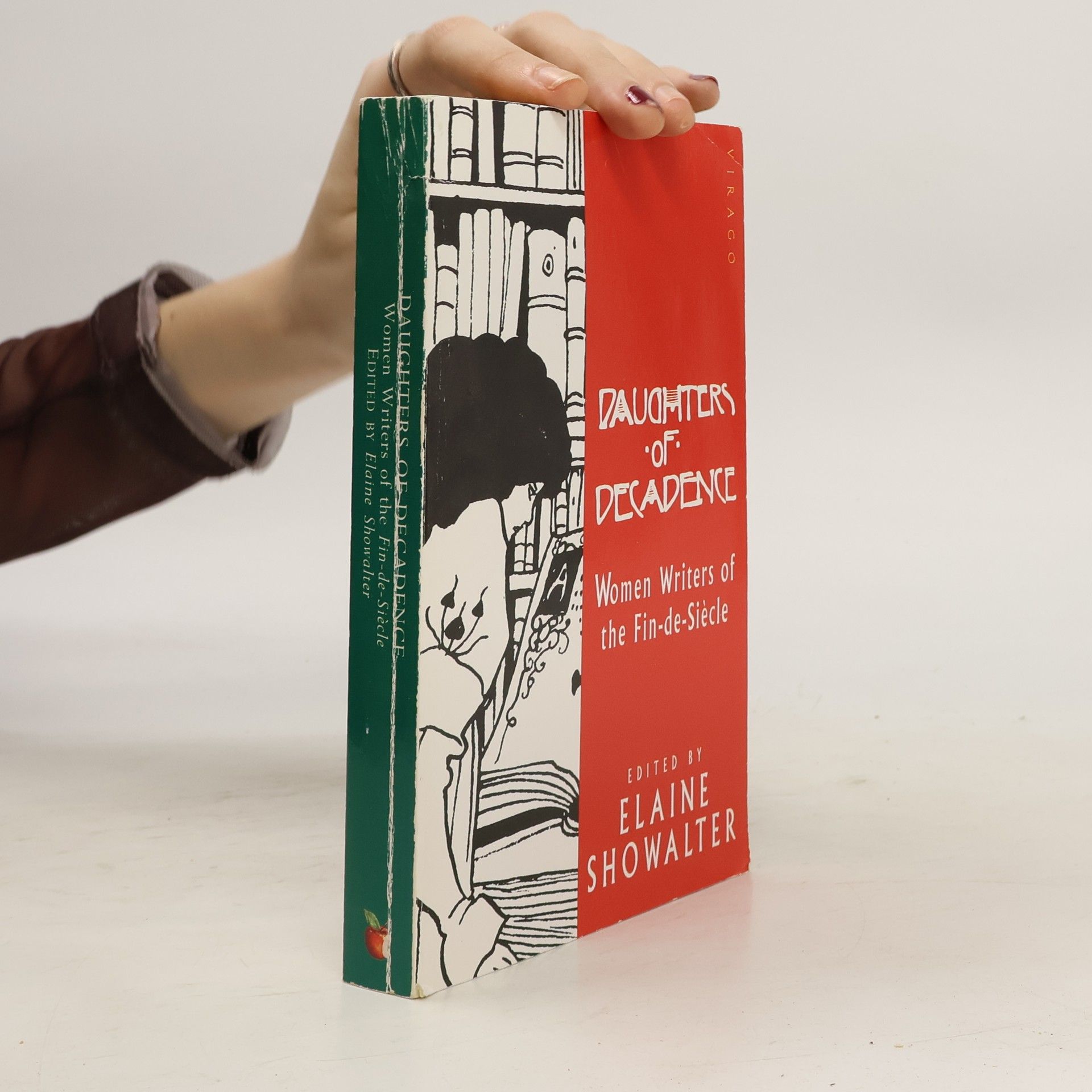


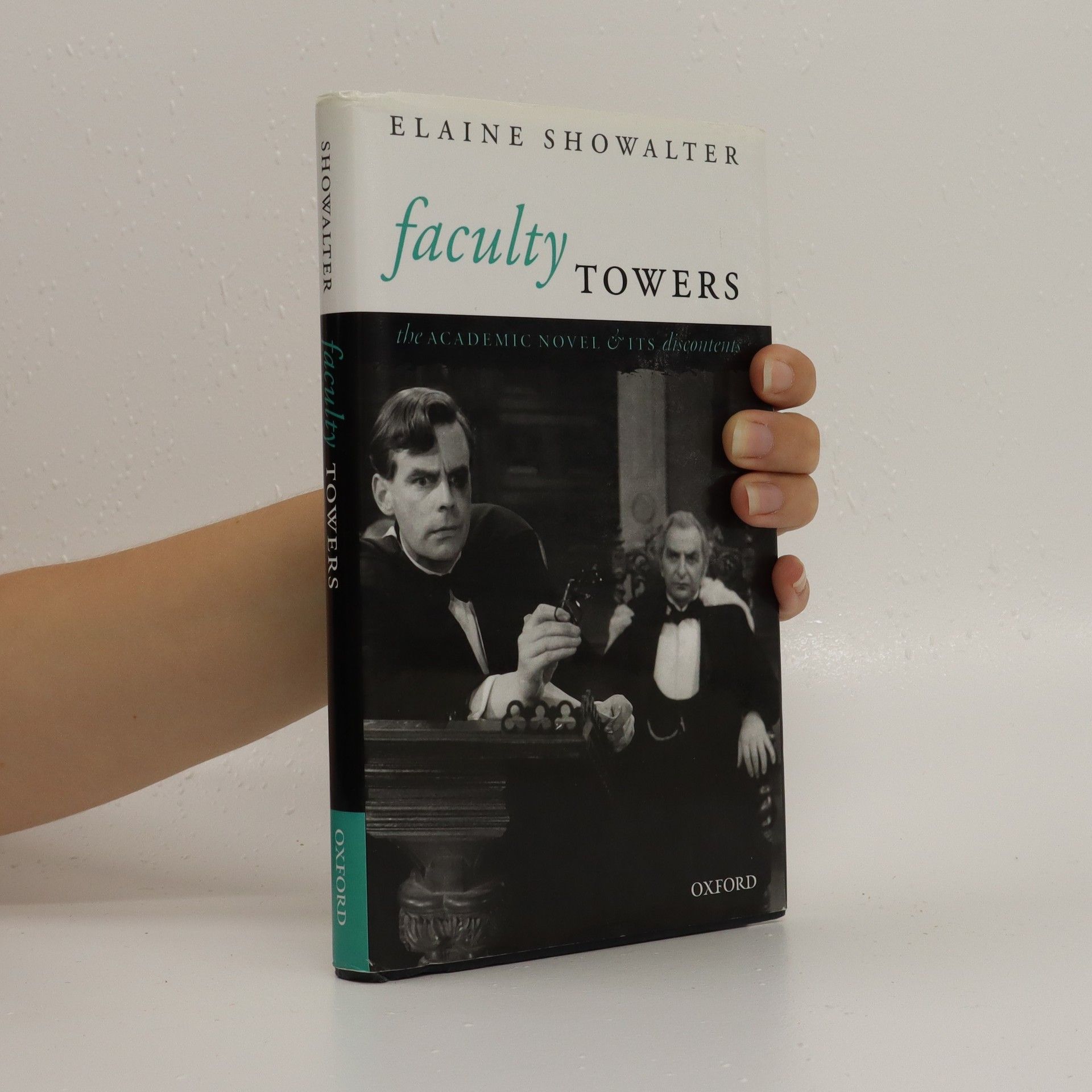
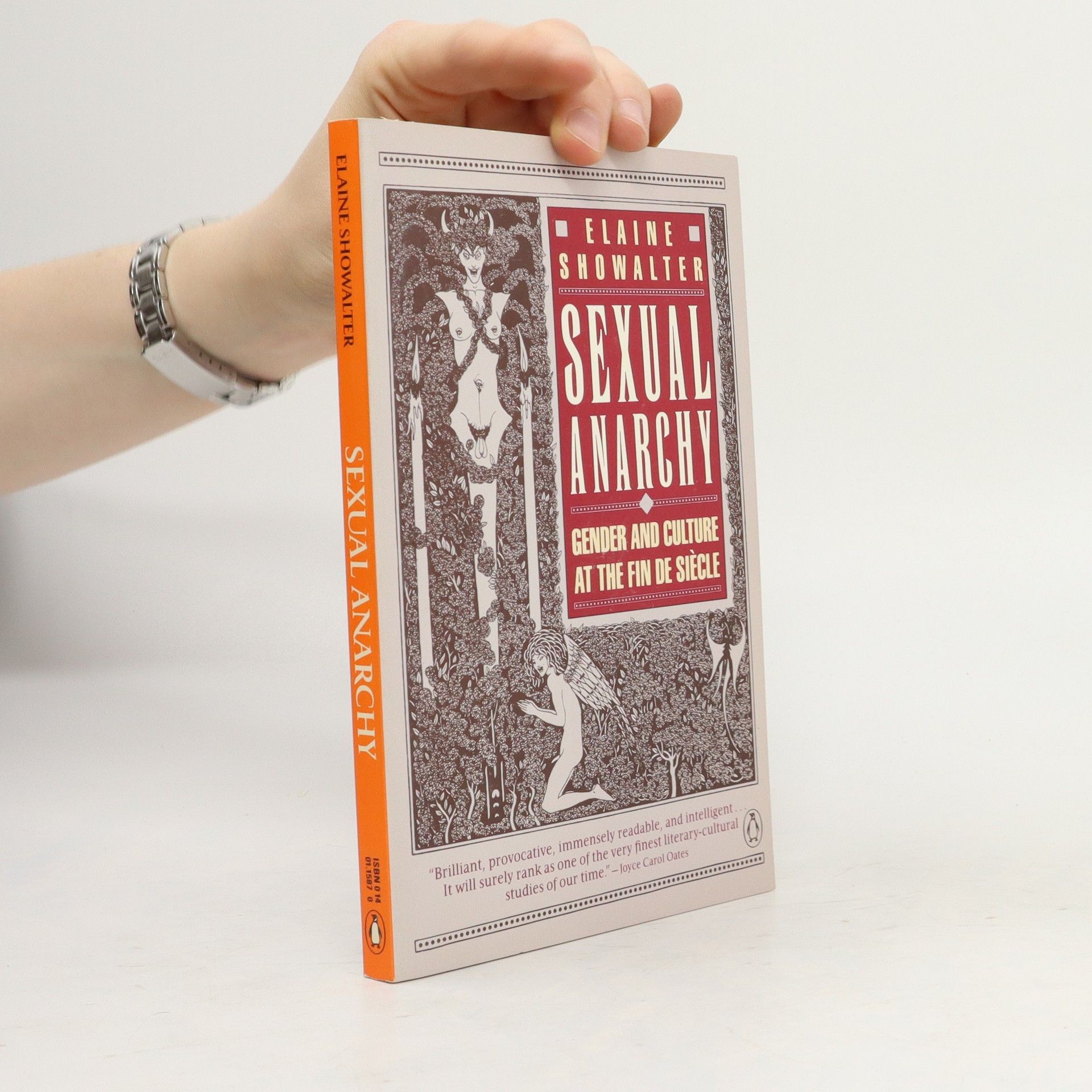
In the days before there were handbooks, self-help guides, or advice columns for graduate students and junior faculty, there were academic novels teaching us how a proper professor should speak, behave, dress, think, write, love, and (more than occasionally) solve murders. If many of thesebooks are wildly funny, others paint pictures of failure and pain, of lives wasted or destroyed. Like the suburbs, Elaine Showalter notes, the campus can be the site of pastoral and refuge. But even ivory towers can be structurally unsound, or at least built with glass ceilings. Though we love toread about them, all is not well in the faculty towers, and the situation has been worsening.In Faculty Towers, Showalter takes a personal look at the ways novels about the academy have charted changes in the university and society since 1950. With her readings of C. P. Snow's idealized world of Cambridge dons or of the globe-trotting antics of David Lodge's Morris Zapp, of the sleuthingKate Fansler in Amanda Cross's best-selling mystery series or of the recent spate of bitter novels in which narratives of sexual harassment seem to serve as fables of power, anger, and desire, Showalter holds a mirror up to the world she has inhabited over the course of a distinguished and oftencontroversial career.
The book uncovers the overlooked tradition of women writers in England, marking a significant shift in feminist literary studies since its 1977 publication. By highlighting this neglected body of work, it paved the way for a creative explosion in the field during the 1980s. As a classic of feminist criticism, its influence remains relevant, continuing to inspire new generations of literary investigation and scholarship.
Revised and expanded edition with a new introduction and postscript, published to coincide with Elaine Showalter's new hardback, A JURY OF HER PEERS
At the turn of the century, short stories by- and often about- 'New Women' flooded the pages of English and American magazines like The Yellow Book, The Savoy, Atlantic Monthly and Harpers. This daring new fiction, often innovative in form, and courageous in its candid literary aspiration, shocked Victorian critics who parodied the experimental stories in Punch as symptoms of fin de siecle decadence, or denounced the authors as 'literary degenerates' or 'erotomaniacs.' This collection brings together twenty of the most original and important stories, including such little-known writers as Victoria Cross, George Egerton, Vernon Lee, Constance Fenimore Wollson and Charlotte Mew. Ranging from the lyrical to the Gothic, and frequently dealing with the conflicts of women artists, the short fiction of the fin de siecle is the missing link between the Golden Age of Victorianism women writers and the new era of feminist modernism.
Mrs Dalloway
- 176bladzijden
- 7 uur lezen
Society hostess, Clarissa Dalloway is giving a party. Her thoughts and sensations on that one day, and the interior monologues of others whose lives are interwoven with hers gradually reveal the characters of the central protagonists. Clarissa's life is touched by tragedy as the events in her day run parallel to those of Septimus Warren Smith.
A guidebook for all teachers of English and American literature in higher education. Drawing on 40 years of international teaching experience, author Elaine Showalter inspires instructors to make their classroom practice as intellectually exciting as their research.
Chronicles the lives of the Wendalls, a family on the steep edge of poverty in the windy, riotous Detroit slums
The fascinating letters between Vera Brittain and Winifred Holtby, written from 1920 to 1935, tell the story of an extraordinary friendship that created a model for a new kind of independent woman, after the First World War.

